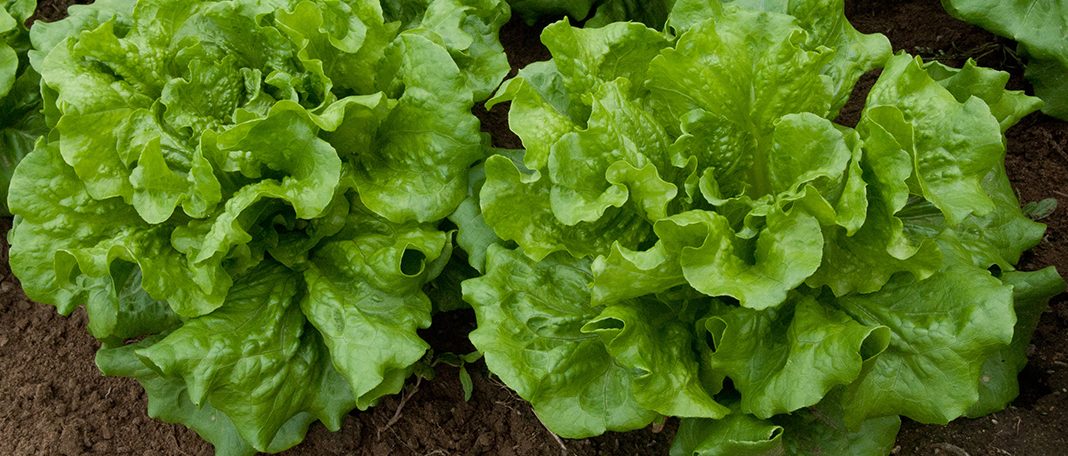Let’s start from the beginning- Lettuce, scientifically known as Lactuca sativa, is an annual plant of the daisy family, Asteraceae. It most often grows as a leafy vegetable and was cultivated by Egyptians thousands of years ago. Later, the Romans and Greeks also cultivated lettuce crops. Now, lettuce can be found in almost all parts of the world, from the Americas to Siberia. There are different types of lettuce and in different colors, starting from light green to deep red, and purple. The darker the lettuce the greater the nutrient content. This vegetable offers numerous benefits and adds a burst of colors to your favorite foods like salads, sandwiches, and rolls.
Lettuce can help in lowering cholesterol levels, moderating sleep, controlling anxiety, reducing inflammation, and providing a constant supply of antioxidants. The amazing leaf has anti-inflammatory properties, and its extracts are a great source of controlling inflammation induced by biocatalysts like lipoxygenase and carrageenan. Lettuce latex contains antimicrobial properties.
Studies have shown that Candida albicans and many other yeasts deform completely when they come in contact with latex from lettuce. It enhances the antimicrobial abilities of this vegetable.
It is advised to consume fresh lettuce and not to consume it in excess, especially if you are on blood-thinning medications.
High in Nutrients – Low in Calories
Red leaf lettuce is loaded with vitamins A, C, K, B6, and numerous minerals. It is packed with nutrients and contains low amounts of calories compared to other lettuce leaves. Three cups of lettuce leaf contain nearly 11 calories, 1 gram of protein, 1 gram of fiber, and 0.2 gram of fat. Red leaf lettuce contains 96% water, which is really helpful to quench thirst and helps you keep hydrated. Antioxidants in leaf lettuce boosts immunity and protects the body from the free radicals. Beta carotene is a carotenoid pigment present in lettuce that converts into Vitamin-A in the body, it protects eyesight, reduces the risk of heart disease, and strengthens root hair
Iceberg Lettuce
Iceberg lettuce provides substantial amounts of minerals and vitamins A, C, K, calcium, and potassium. It also has small doses of many other healthy nutrients useful for daily diet.
Reduces the Risk of Heart Disease
People with high blood pressure must consume a diet rich in potassium as it helps in lowering blood pressure and avoid heart stroke in the long run. Red leaf lettuce has an adequate amount of potassium. Additionally, red leaf lettuce promotes weight loss.


















